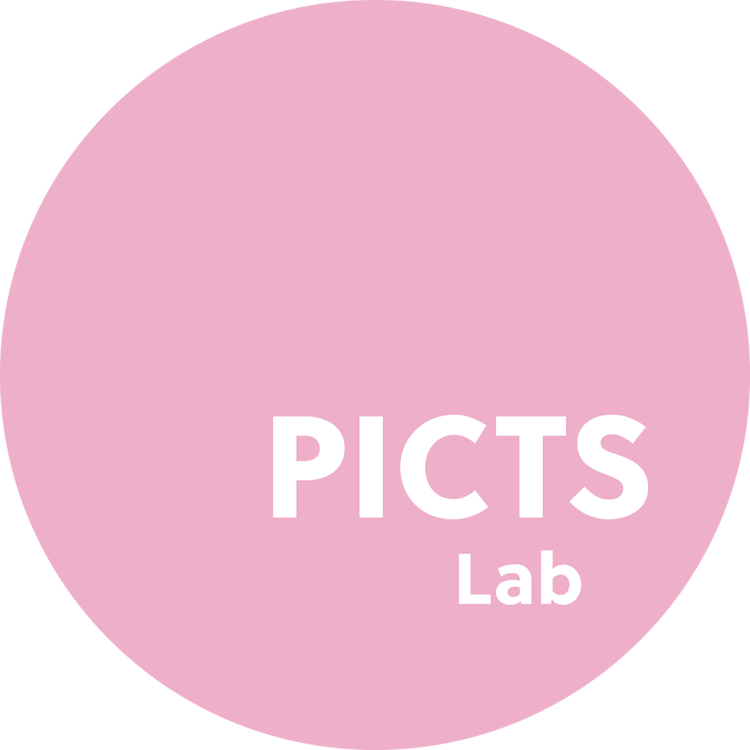As a photographer, you're always looking for ways to enhance your photos and create stunning visual stories. One approach that's gained popularity in recent years is the use of film look Lightroom presets and editing techniques. By using these tools, you can achieve a unique and timeless aesthetic that's hard to replicate with digital editing alone. In this article, we'll explore how to use film look Lightroom presets and editing techniques to enhance your photos and free up your creative focus for capturing your best shots.
Understanding Film Look Photography
Before diving into the specifics of Lightroom presets and editing techniques, it's important to understand what we mean by "film look" photography. This term refers to a visual style that mimics the look of film photography, which often has a distinct color palette, contrast, and texture.
To achieve a film look, you can use Lightroom presets that simulate the color and tone of specific film types, such as Kodak Portra, Fujifilm Provia, or Ilford Delta. These presets apply a specific set of adjustments to your images, including changes to exposure, white balance, saturation, and contrast.
Editing Techniques for Film Look Photography
In addition to using presets, there are a variety of editing techniques that can help you achieve a film look. For example, you can adjust the tone curve to create a gentle "S" curve, which mimics the characteristic tonal response of film. You can also apply split toning to add color casts to the shadows and highlights of your images, which can create a warm or cool overall effect.
Other techniques to consider include adding film grain, which can give your images a textured, organic feel, and using vignetting to draw the viewer's eye to the center of the frame. You can also experiment with various color grading techniques to create a distinct visual mood.
The Benefits of Using Film Look Lightroom Presets
One of the greatest advantages of using Lightroom presets is that they can help free up your creative focus for capturing your best photos. By applying a preset, you can quickly and easily adjust the color and tone of your image to achieve a film look, without getting bogged down in tedious editing work. This means you can spend more time focusing on the composition, lighting, and other creative elements that make your photo stand out.
Using PICTS Lab presets is an especially effective way to streamline your editing process. These presets offer a wide variety of film look options that are designed to be both accurate and flexible, so you can achieve a film look that's unique to your own style.
The beauty of using film look Lightroom presets is that they can help you achieve the look you desire while freeing up your time to focus on the creative aspects of your photography. By providing a solid foundation for your edits, you can spend more time refining your composition, playing with light, and perfecting your shots.
So, how do you use film look Lightroom presets to elevate your photography? The key is to start with a vision in mind. Consider what kind of look you want to achieve and what mood you want your photos to convey. Once you have a clear idea of your desired outcome, you can start experimenting with different presets to find the one that best fits your style.
When working with presets, it's important to keep in mind that they are a starting point, not an end in themselves. Use them as a foundation for your edits, but don't be afraid to tweak them to fit your unique vision. Adjust the exposure, contrast, and color balance to fine-tune the image and create a cohesive look throughout your body of work.
In addition to presets, there are a number of editing techniques you can use to enhance your photos and give them that film look. One technique is to add grain, which mimics the look of traditional film and can add a vintage, nostalgic feel to your photos. Another technique is to use split-toning to add color tints to the shadows and highlights, creating a subtle but impactful effect.
Ultimately, the key to using film look Lightroom presets and editing techniques is to have a clear vision and to experiment with different styles until you find the one that best suits your needs. Whether you're a seasoned photographer or just starting out, these tools can help you take your photography to the next level and create a cohesive, professional-looking body of work.



